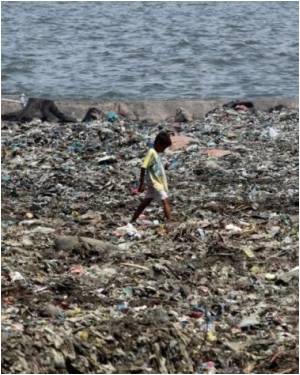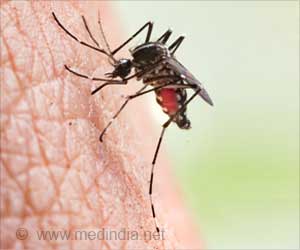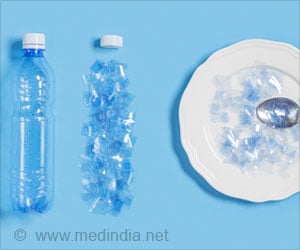Australian scientists might have found a way out of the huge environmental burden posed by old tyres.

Researchers with Deakin University’s Institute for Technology Research and Innovation collaborated with industry partner VR TEK Global on the project.
“What we have developed is a significant breakthrough in tyre recycling that is superior to the current practices of shredding and burying tyres in landfill, burning tyres or recycling them into low quality materials of limited use,” explained Deakin research engineer Chris Skourtis.
“Our process does not rely on chemicals and uses less power—making it more environmentally friendly. It also results in high quality ingredients that can replace virgin and synthetic rubbers in the manufacture of products such as new tyres, car parts, insulation materials, conveyor belts and ashphalt additive for roads.”
Each year more than 20 million tyres in Australia, and one billion world-wide, reach the end of their working lives. Only a small percentage of these tyres are recycled with most making their way into landfill; placing a burden on the environment and human health.
“There is a world-wide need to address the issue of disposing of end-of-life tyres in a responsible, environmentally friendly manner,” Mr Skourtis said.
Advertisement
“We have come up with a way of giving new life to old tyres that should eliminate the need for them to end up in landfill.”
Advertisement
“We now have a technology that is far better than any other tyre recycling processes,” Mr Skourtis explained.
“First, the tyres are segmented in a way that allows for each part to be treated differently which eliminates impurities and results in a higher quality end product. For example, the steel reinforcement in the tyre is separated without fragmenting, which is not common in current tyre recycling.
“We have then created an efficient means of devulcanising and activating the tyres into rubber powders for recycling into rubber products.
“Devulcanisation essentially reverses the chemical process used to create the tyres. This is normally done using environmentally harmful chemicals. We have developed a mechanical method that requires no chemicals.
“We have also developed a way of using ozone gas to activate the rubber powder which makes it more compatible with other materials. This extends the usability of the powder for producing a wider range of rubber and plastic products than currently possible.”
Source-Medindia







